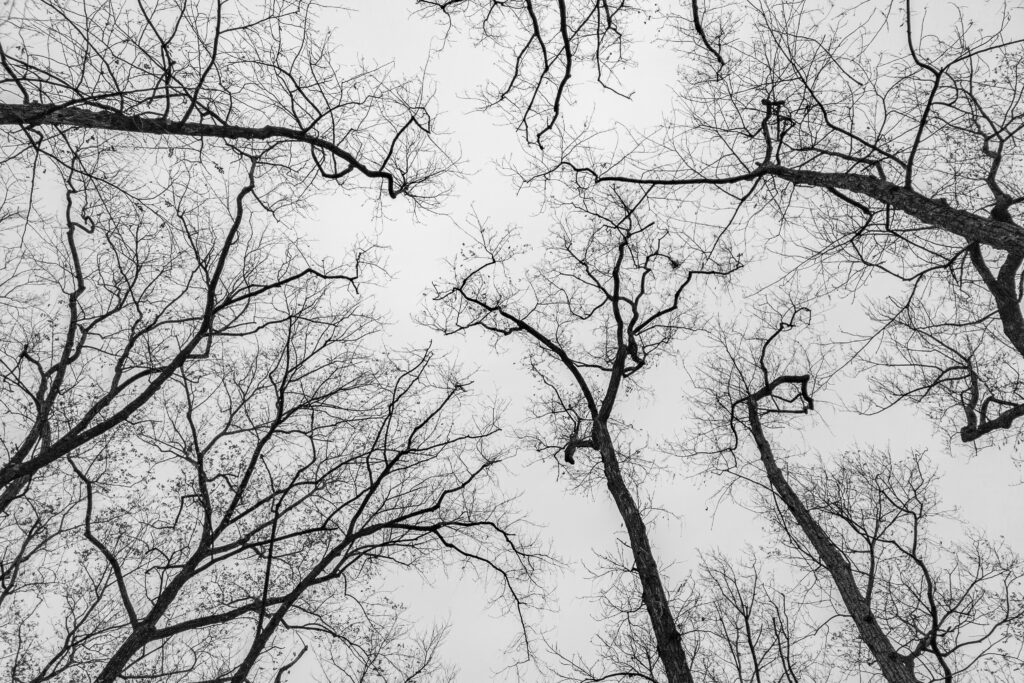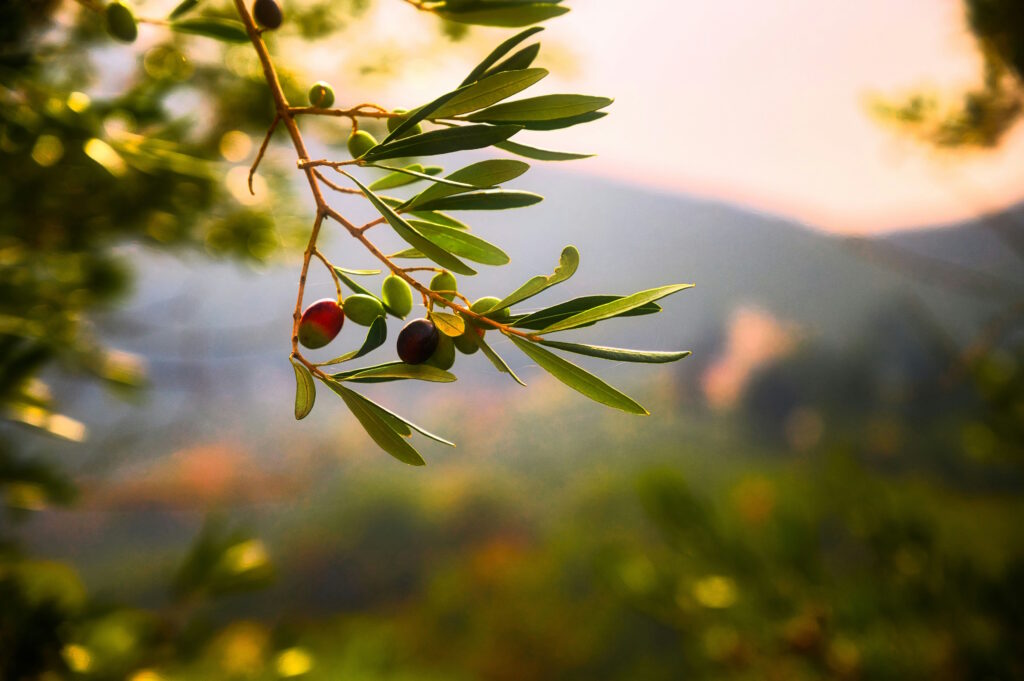Borne Back Ceaselessly into the Public Domain: The Great Gatsby’s Copyright Protection Reaches an Ending

“A day will come, when, in the eye of the law, literary property will be as sacred as whiskey, or any other of the necessaries of life.” — Mark Twain
Bubbling to the surface on New Year’s Eve 2019 was the nostalgic promise of a second wave of the Roaring Twenties, a decade defined by excess—jazz, mass consumerism, and social and economic change—and exemplified in the writings of F. Scott Fitzgerald. While the promise of 2020 itself was largely undone by unpredictable catastrophic events, one certainty remained: the decade still held the return of Gatsby.
95 years after its publication and 81 years after the death of its author, The Great Gatsby at last entered the public domain on January 1, 2021. The Great Gatsby was first published on April 10, 1925 under the Copyright Act of 1909, the operative copyright law in the United States at that time. Considered by many to be one of the best novels ever written, by some to be the oft-discussed, ever-elusive Great American Novel, and still by others to be a largely over-valued work, The Great Gatsby’s entrance into the public domain will nevertheless render it more accessible to U.S. audiences than it has been to date.
The Copyright Clause of the U.S. Constitution provides that “Congress shall have Power…To Promote the Progress of Science and useful Arts, by securing for limited Times to Authors and Inventors the exclusive Right to their respective Writings and Discoveries.” These “limited times” for which expressive works are afforded legal protection comprise the term of copyright.[1] Given the continual amendment and legislative lengthening of the copyright term, the date upon which a work will enter the public domain can be a difficult to predict, ever-changing horizon.
As a general matter, a copyright term’s length hinges upon the year of the work’s publication and the applicable law at that time. Under the 1790 Copyright Act, a novel would only be protected for an initial term of 14 years, with potential for a second term if the author lived past the first. With the 1831 Act came an initial term of 28 years and a renewal term of 14 years. The 1909 Act brought with it matching 28 year initial and renewal terms for a possible total length of 56 years. The 1976 Act, which is still in effect today, originally set a copyright term of the life of the author plus 50 years, dispensing entirely with the complicated system of renewal. This act also had the effect of adding 19 additional years to the original 56 years provided by the 1909 Act.
The most recent change to the copyright term came about in 1998 when Congress (heavily influenced by the lobbying efforts of Disney, who feared the loss of protection for its 1928 “Steamboat Willie” Mickey Mouse cartoon) enacted the Sonny Bono Copyright Term Extension Act (CTEA) in order to extend the copyright term for most works to the life of the author plus 70 years. The CTEA also extended the term for some works that would otherwise expire sooner based upon their creation, publication, or registration dates, or their renewal status under prior acts. Of significant relevance to the Fitzgerald estate, the CTEA provided for a 95-year term for works that had been published between 1923 and 1977. However, some books published within this stretch of time may have already entered the public domain due to a failure of the owner to properly renew the copyright.
In short, what should be simple math has become—for some works—through overlapping and ever-changing statutes, a complicated equation and exercise in renewal research that must be applied on a case-by-case basis. When run through this equation, The Great Gatsby found itself scheduled to end its copyright term, lose its copyright protection, and waltz into the public domain on January 1, 2021. Joining Gatsby are Franz Kafka’s The Trial, Virginia Woolf’s Mrs. Dalloway, and Ernest Hemingway’s In Our Time.
It is worth noting that the United States often lags behind other countries in dedicating works to the public domain. Largely due to the extreme length of U.S. copyright terms and their frequent expansion at the behest of powerful corporations that hold rights in lucrative properties, many works have been more freely available internationally long before they lose their protection in the United States. The duration of the copyright term can provide clear insight into a country’s priorities and goals in granting protection to works of creative expression. A longer term errs on the side of catering to original authors and their successors, as well as publishers, by allowing a greater time period over which control may be exerted and licensing fees may be collected. A shorter term favors public access, as well as creators of adaptations and derivative works, by reducing the wait time until a work can be used without permission and with fewer economic barriers.[2]
American author Mark Twain, one of the most prominent voices in support of robust intellectual property protection, is noted by the United States Copyright Office as being a proponent of copyright protection that would exist in perpetuity. Such perpetual protection, however, while allowing a copyright owner’s heirs to continue to reap the benefits of the work indefinitely, would undermine the balance theoretically sought in U.S. copyright law—that balance between the author’s bundle of property rights and the public’s general right to access and use information.
Entrance of a novel into the public domain may mean a loss of revenue to the copyright owner (frequently the author’s estate), but it comes as a gift to the reading public. Once the copyright term ends, those rights it carries with it—reproduction, distribution, and adaptation, to name a few—cease to be guaranteed by law. This permits a work to be more freely copied, disseminated, and modified by those wishing to share or build upon the work of the author. Electronic copies of the novel will likely be free or of nominal cost. Hard copy books will be cheaper, with prices primarily reflecting the cost of printing rather than any accompanying licensing costs. Derivative works and adaptations may be made freely without acquiring permission or paying licensing fees.
In her book So We Read On: How the Great Gatsby Came to Be and Why it Endures, Maureen Corrigan details adaptations and other uses of The Great Gatsby that, up until now, were only available to creators who could afford licensing fees and negotiations, or who could navigate the unpredictable maze that is the fair use defense. “[T]here are the higher cultural spin-offs,” writes Corrigan (6). “[T]he five movies…; a ballet; an opera; the radio and stage plays, including the…hybrid of staged reading and play, Gatz,” (6). Corrigan also notes that “countless modern novels have helped themselves to The Great Gatsby as a template for their own stories” (6).
Indeed, January 5, 2021 saw the release of Michael Farris Smith’s prequel novel, simply titled Nick and emblazoned with cover art reminiscent of Gatsby’s now-iconic yellow and blue design, complete with staring, disembodied eyes. Many publishers have already released their own editions of Gatsby with entirely new cover art and introductions reflecting upon the novel’s enduring legacy. Further, DNEG Animation announced in February of this year that an animated feature-length film adaptation is already in development. Prior to a novel’s entry into the public domain, such derivative works and reproductions would need to be properly licensed in order to reduce the risk of a potential infringement lawsuit.
This risk of lawsuit is perhaps best illustrated by a dispute surrounding another classic American novel: J.D. Salinger’s The Catcher in the Rye. Catcher is still under copyright protection in the United States today; however, in 2009, Swedish writer Fredrik Colting published an unlicensed “sequel” to the novel in the United Kingdom, entitled 60 Years Later: Coming Through the Rye. Salinger promptly sued Colting for copyright infringement. An injunction prohibiting the distribution of Coming Through the Rye in the United States was initially granted and the Second Circuit Court of Appeals ultimately affirmed that Colting’s sequel infringed upon Salinger’s copyright in the original novel.[3]
The end of Gatsby’s run as a protected work will likely lead to an exponential increase in its already-numerous adaptations—that is, if U.S. law achieves its stated goal of promoting the progress and creation of expressive works. For example, the cost of obtaining a license to produce an audiovisual adaptation of a popular novel that is still protected by copyright could run into the millions of dollars—a cost on top of the actual expense of making the film itself. Such potentially high licensing fees effectively foreclose would-be adaptors who either cannot afford them or lack the bargaining power to negotiate for a more affordable option. In the absence of this financial barrier, original works that have entered the public domain may be freely accessed and built upon by more adaptors than ever before.
As a staple of American literature, the lower costs in acquiring, adapting, and sharing The Great Gatsby may render it an even larger presence in high school English classrooms than it already is, and may bring forth a greater number of film adaptations and other derivative works. While the central tragedy of The Great Gatsby is the titular character’s ultimate inability to repeat the past, through the book’s entrance into the public domain, American audiences will have more accessible avenues to resurrect it and replay its story.
[1] This clause also provides the constitutional basis for the separate and distinct area of law governing the issuance and duration of patents for new and useful inventions.
[2] Adaptors would nevertheless be wise to seek appropriate counsel to ensure that their use of a given work is permissible under applicable law.
[3] Nevertheless, copies of the unauthorized sequel may still be obtained through international channels.


